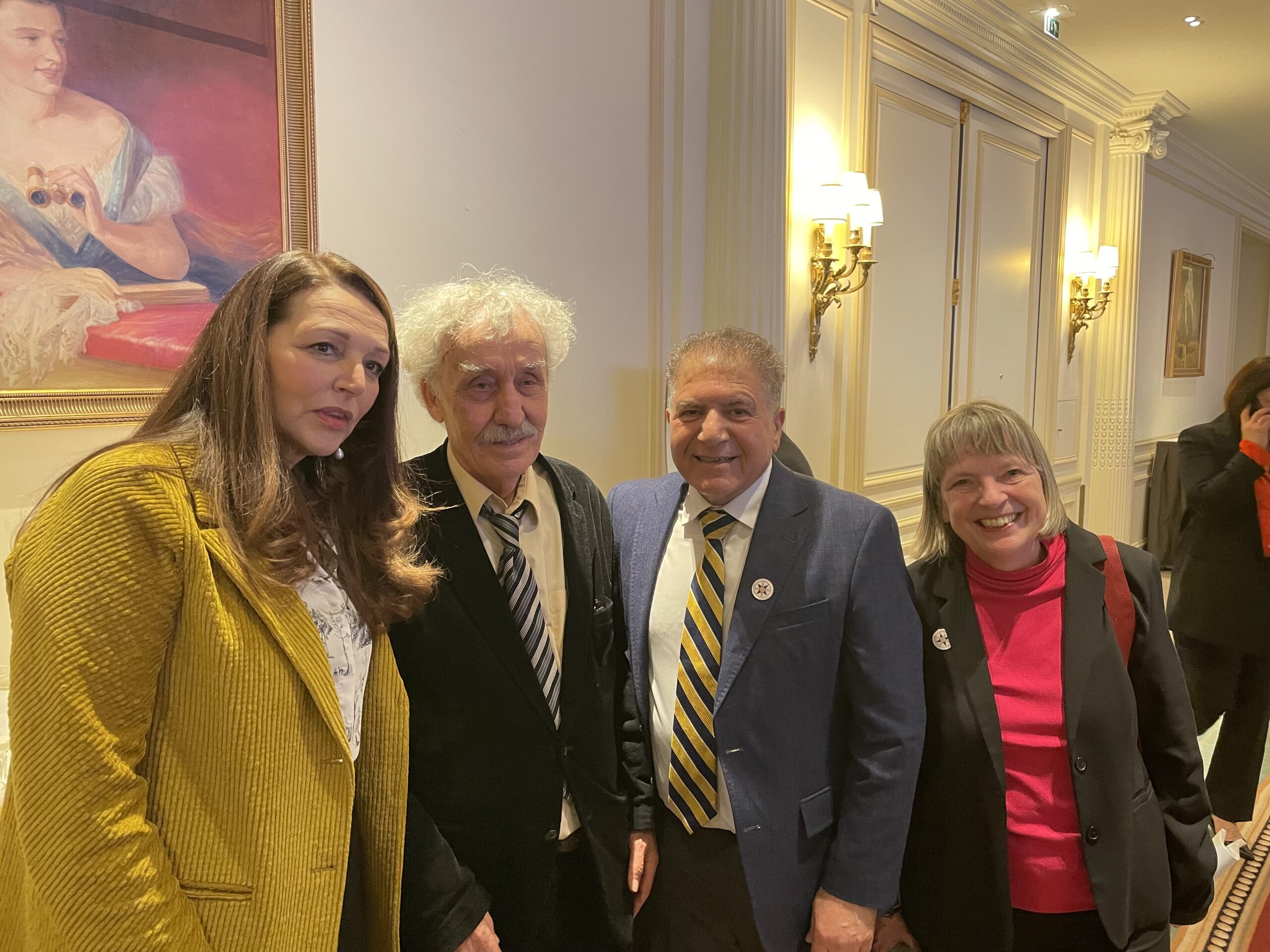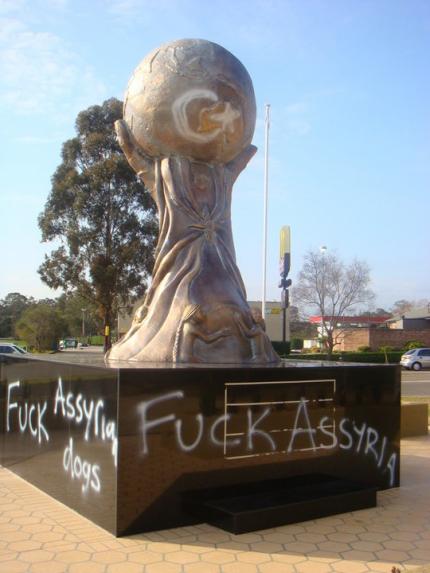When we see those still photographs
captioned “deportations”
—showing long lines of
Christian women: Armenian, Assyrian,
Greek; full with babies, carrying infants,
children by their sides—but where are the men?
We see them walking through barren land
on their way to their deaths—
they don’t know…they’ve not been told!
What we can’t see—
or hear—
along the endless roads,
as they reached the stone-lined water wells,
Turkish bayonets jabbing their backs,
as booming shouts filled the air…
“haydi yürü!” “hurry keep walking!”
What we can’t see—
lips quivering
aching, craving water!
What we can’t see—
“deportees” shelterless,
without protection from the searing sun,
crazed by lightheadedness,
tongues swollen, teeth dust-dry,
ragged, filthy, sick. Deaths by the hour.
What we can’t see—
their throats shriveled,
their urine turned murky-brown
‘til there was none.
What we can’t see—
or hear—
the victims’ screams that pierced the night skies
—violated over and over again,
children not spared!
What we can’t see—
or hear—
are the children’s inconsolable cries,
frantic with fright. Or,
what was worse?
Was it mothers killing
their children, forever safe
from Turkish savagery? Or,
was it their fleshless bodies and
bony feet throbbing with each step? Or,
was it persistent pangs
like scrambling rats
that cannot be seen
inside their bloated bellies?
Pain blurred by water denied,
exhaustion, harrowing hunger,
and sickness.
Dear God, How long did it take
for them to die?
—SOFIA KONTOGEORGE KOSTOS
The eyewitness report by *Leslie A. Davis, the U.S. Consul General in eastern Asia Minor, was uncovered at the National Archives by historian and editor, Susan K. Blair. Subsequently, she wrote the introduction for Davis’s reports in, The Slaughterhouse Province: An American Diplomat’s Report on the Armenian Genocide, 1915-1917, New Rochelle, NY: Aristide D. Caratzas Publisher, 1989. (SKK)
NOTE: The Koran forbids the wearing of clothing from the dead. Therefore, photographs of those who were hanged are seen cloaked in shrouds, or naked as in the case of this mother. (SKK)



